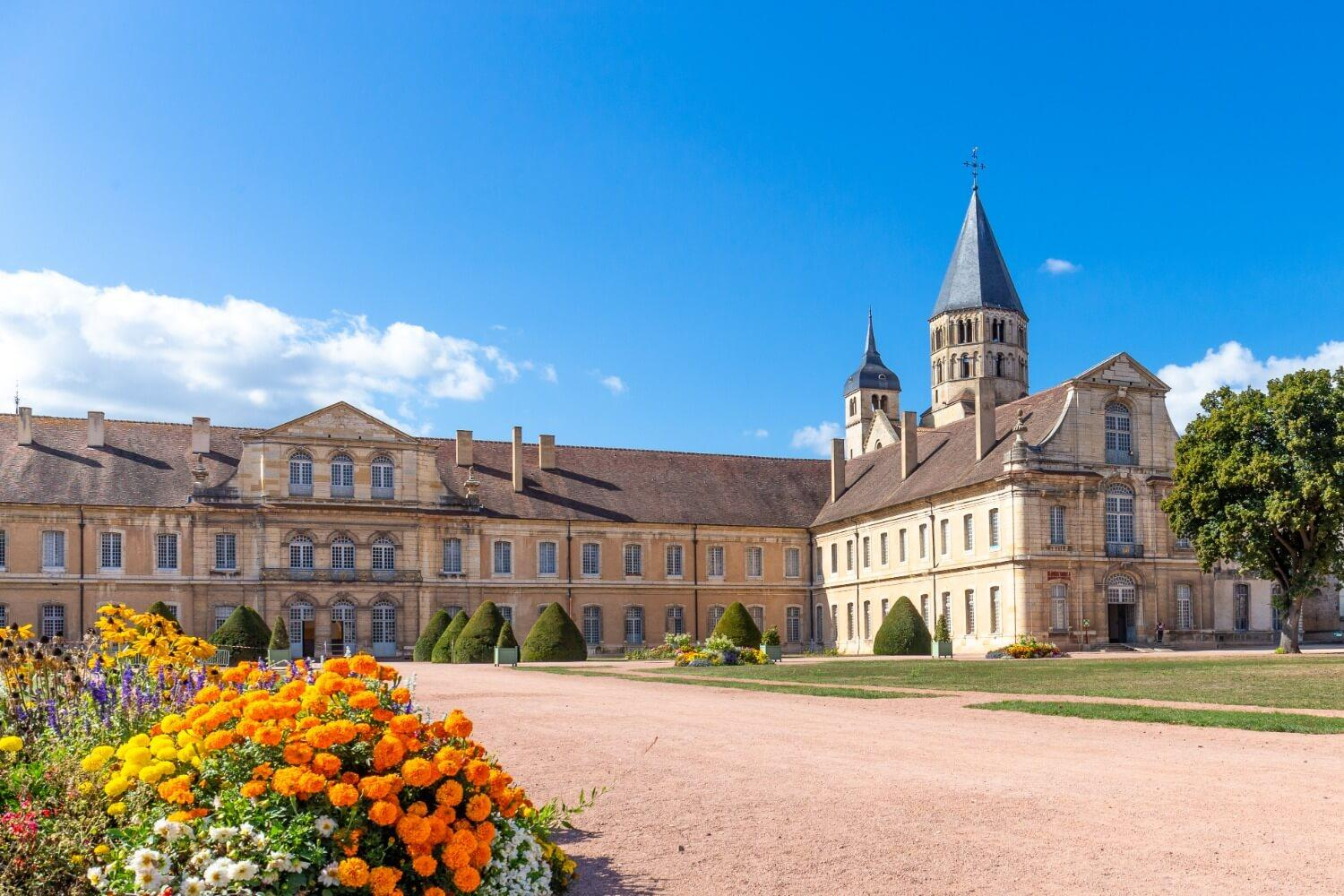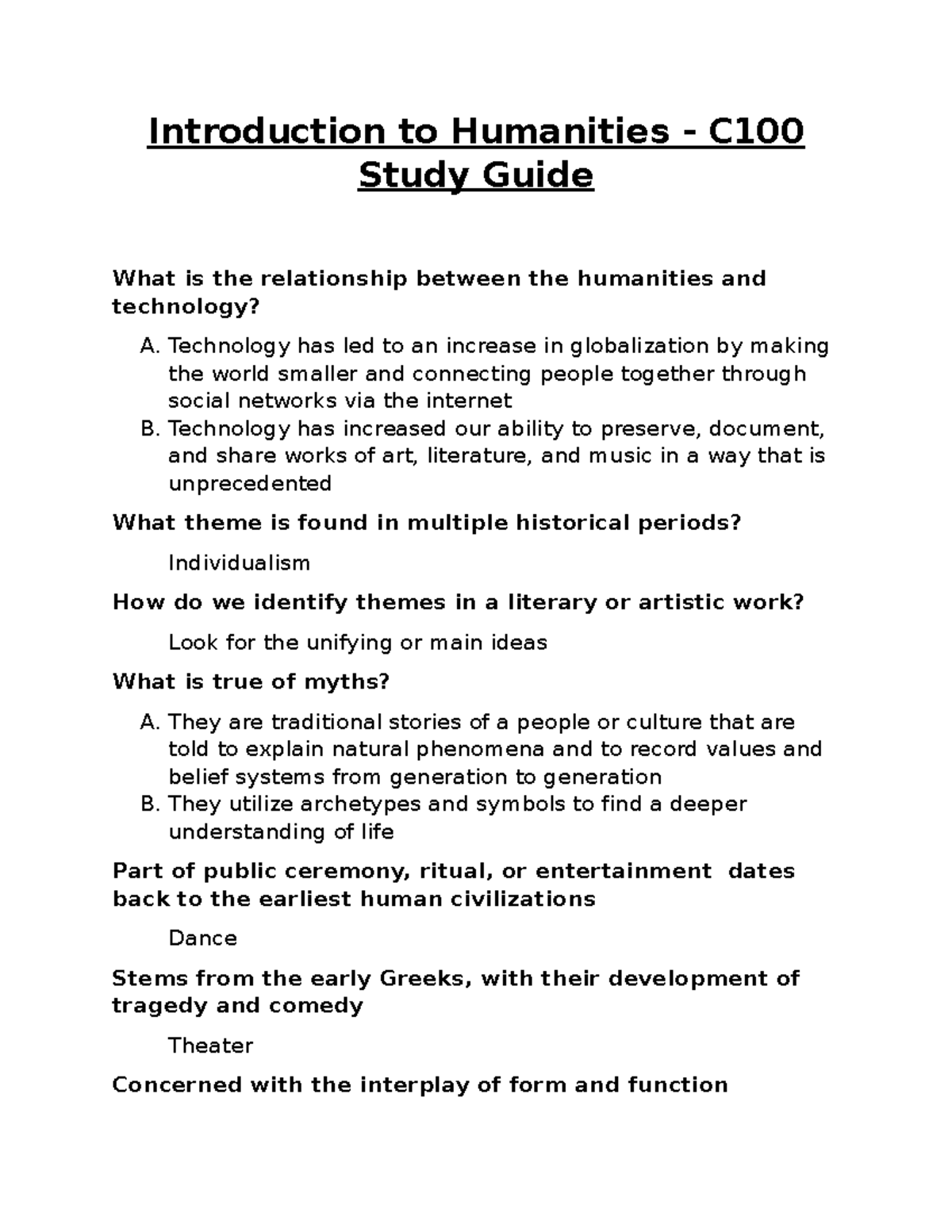Cluny Abbey architecture is a hallmark of medieval architecture, showcasing the grandeur of the Benedictine tradition that flourished during the Middle Ages. Elevated by its influential design, Cluny III was renowned as the largest structure in Europe before its destruction in the French Revolution, captivating historians and architects alike. Pioneering architectural historian Kenneth Conant dedicated his life to reconstructing this monumental abbey through meticulous research and innovative methodologies. His efforts not only illuminate the architectural history of Cluny III, but also contribute to modern understandings in fields like 3D modeling medieval edifices. The study of Cluny Abbey architecture serves as an intriguing lens through which to explore the artistry and ambition of the medieval builders who shaped the spiritual and cultural landscape of Europe.
The architectural legacy of Cluny Abbey can also be appreciated through its monumental scale and complex design elements, which exemplify the spirit of the medieval period. This iconic structure stands as a testament to the engineering prowess and aesthetic aspirations of the Benedictine monks who once lived and worked there. Kenneth Conant’s visionary work exemplifies how scholars utilize a variety of tools, including advanced digital technologies and traditional research methods, to uncover the past. By reimagining Cluny’s impressive architecture, we not only rekindle the stories of its original creators but also inspire future generations of architects and historians. Thus, the narrative of Cluny Abbey transcends its physical remnants, inviting further exploration of its influence on architectural practices throughout history.
The Legacy of Cluny Abbey Architecture
Cluny Abbey architecture is a hallmark of medieval design, renowned for its expansive size and intricate details. After its construction began in 1088, Cluny III quickly became a central reference point for the Romanesque architectural style across Europe. The abbey’s structural grandeur was not merely functional; it also represented the spiritual aspirations of medieval society, influencing building practices in subsequent centuries. Kenneth Conant’s work, aimed at reconstructing Cluny III, reveals the importance of such architectural landmarks in understanding the evolution of medieval architecture and its impact on later styles.
The architectural innovations of Cluny Abbey—like its towering vaults and expansive nave—were revolutionary, serving as a blueprint for many subsequent churches and monasteries. The layout included a distinct longitudinal axis, allowing for not only enhanced acoustics during worship but also facilitating the movement of monastic life within its walls. Aspects such as the use of ribs in vaulted ceilings showcased advanced engineering techniques that would shape the future of architectural history. Consequently, the study of Cluny Abbey architecture is vital for anyone seeking insight into the artistic and cultural developments during the Middle Ages.
Kenneth Conant and the Exploration of Cluny’s History
Kenneth Conant emerged as a prominent figure in articulating the architectural history of Cluny III, painstakingly piecing together its storied past after it lay in ruins following the French Revolution. He understood that reconstructing the abbey was not just a task of restoring bricks and mortar, but also a means of preserving the spiritual and communal history that the abbey embodied. His meticulous research laid the groundwork for contemporary studies of medieval architecture, paving the way for leveraging advanced technologies like 3D modeling to visualize structures that no longer exist.
Through his comprehensive studies, Conant illustrated the accessibility of medieval architecture to modern scholars. The transition from Conant’s hand-drawn sketches and physical surveys to today’s digital representations indicates a significant shift in architectural research methodologies. Tools like photogrammetry have allowed for a more immersive understanding of historical structures, enabling students and historians alike to interact with models of Cluny III that are faithful to its original design and grandeur, thus keeping Conant’s legacy alive.
Reconstructing Medieval Architecture with Modern Technology
The role of modern technology in reconstructing medieval architecture cannot be understated, particularly in the context of Cluny Abbey. Techniques such as 3D modeling and virtual reality have revolutionized how scholars visualize historical sites, allowing for a more nuanced understanding of their complexities. For instance, the ability to manipulate digital recreations of the Cluny columns means that students can explore their details far beyond what was possible with traditional plaster casts. This shift not only enhances educational experiences but also assists in ongoing scholarly discussions regarding the significance of these architectural remnants.
By employing these modern tools, researchers can revisit and reinterpret the fragments of history left by structures like Cluny III. The ongoing collaboration across disciplines—melding architectural history with digital scholarship—is paving the way for informed theoretical frameworks that underpin architectural studies today. This evolution highlights a profound respect for both the craftsmanship of the past and the innovative capabilities of contemporary technology, creating a rich tapestry for understanding medieval architecture.
The Importance of the Cluny Capitals in Architectural Studies
The eight capitals discovered at Cluny III are emblematic of the complexity and artistry found in medieval sculpture. While their exact narratives remain a mystery, these capitals stand as some of the earliest examples of figural sculpture from the Romanesque period, making them crucial to historical studies of medieval art. Scholars like Kenneth Conant have dedicated significant time to deciphering their intricate designs, arguing that they may reflect seasonal themes or musical concepts, further enriching our understanding of monastic life and expression in that era.
The uncertainty surrounding the capitals’ origins and meanings prompts debates that invigorate architectural history scholarship. As modern historians employ advanced techniques to analyze these artifacts, such as digital rendering and 3D imaging, they can examine the designs in unprecedented detail. This investigation fosters not only a greater appreciation for the skill of the medieval artisans but also encourages a continuous dialogue regarding the cultural significance of Cluny Abbey within the broader narrative of architectural development.
Ken Conant’s Vision of Cluny Abbey through Time
Kenneth Conant’s fascination with Cluny Abbey transcended mere architectural analysis; it became a lifelong quest for understanding its historical and emotional resonance. His ability to visualize its grandeur is an embodiment of the idealist approach to architecture, capturing not just the physical form but also the atmospheric experience of the abbey as it once existed. By creating illustrations that depicted various perspectives of Cluny III, he laid a foundation for future scholars to study and appreciate the nuanced fabric of medieval architecture.
Through Conant’s trials and successes in reconstructing Cluny, we see an intellectual journey that parallels the evolution of architectural scholarship itself. His pioneering spirit has inspired generations of historians and architects who continue to delve into the relationship between structure, space, and human experience. The ongoing efforts to revive Cluny’s memory and essence underscore the critical role that visionary architects play in keeping historical narratives alive in contemporary society.
Educational Transformation in Architectural History
The evolution of educational methods in architectural history has been significantly influenced by figures like Kenneth Conant, who emphasized the importance of visualizing architectural forms. As traditional methods of studying structures began to incorporate innovative techniques, students have found themselves increasingly engaged with their subjects. Today, the use of digital tools in the classroom enhances learning by allowing students to interact with 3D models, thereby fostering a deeper understanding of architectural elements and historical context.
Modern education in architectural history encourages a holistic view, urging students to not only absorb information but also to actively engage with it. This transformation is crucial for understanding complex medieval architectures like Cluny III, where every stone and design choice carries narratives of cultural significance. As the field evolves, it strives to incorporate both historical rigor and modern technological insights, ensuring that future architects and historians can connect richly with their heritage.
Cultural Significance of Cluny Abbey in Medieval Society
Cluny Abbey held tremendous cultural significance within medieval society, serving as a center of monastic life and spiritual leadership. Its role extended beyond the confines of the monastic community, influencing religious practices and architectural styles across Europe. The abbey became a pilgrimage site for thousands, symbolizing aggregated spiritual aspirations and contributing to the development of regional identities. Studies of Cluny’s architectural and cultural heritage reveal the interconnectedness of religion and daily life during the medieval period, offering insights into social structures of the time.
As a powerful institution, the abbey championed the principles of monastic reform, advocating for a pure form of religious devotion. This focus on spirituality bore architectural fruit, resulting in Cluny III’s extensive and ornate structures. By examining the legacy of Cluny Abbey and its architectural feats, contemporary scholars can better understand the dynamics of power and piety in medieval culture—key aspects highlighted through the architectural history studies spearheaded by experts like Kenneth Conant.
Cluny III: Architectural Innovations and Challenges
The architectural innovations of Cluny III not only transformed the physical landscape but also posed several challenges to its builders and architects. The sheer scale of the structure, which reached impressive dimensions for the time, necessitated advanced construction techniques that pushed the boundaries of medieval engineering. Builders employed innovative vaulting methods that later influenced the design of Gothic cathedrals, representing an evolution in architectural thought from Romanesque practices.
However, despite its grandeur, Cluny III faced numerous challenges, particularly during and after the French Revolution. The abbey’s destruction serves as a stark reminder of the transient nature of human endeavor and historical legacy. Scholars, like Kenneth Conant, who dedicated their efforts to reconstructing its history remind us of the importance of preserving architectural knowledge and heritage in the face of such loss, ensuring that the lessons of the past continue to inform contemporary architectural practices.
3D Modeling: The Future of Architectural History
The integration of 3D modeling into architectural history studies represents a significant leap forward in how scholars and enthusiasts engage with historical sites like Cluny Abbey. This technology has made it possible to create detailed digital representations that can be manipulated and explored in various ways. By leveraging 3D scans and models, researchers can investigate architectural elements with a precision that physical relics cannot provide, allowing for a more profound understanding of the design challenges and innovations of medieval architects.
Furthermore, the use of 3D technologies in presenting architectural history has broadened access to these valuable representations. Students can now visualize structures like Cluny III in immersive environments, bridging the gap between past and present. This transformative educational approach not only enhances the learning experience but also captivates a broader audience, ensuring that the history of architectural feats, particularly in the context of medieval architecture, continues to inspire curiosity and scholarship for generations to come.
Frequently Asked Questions
What is Cluny Abbey architecture and its significance in medieval architecture?
Cluny Abbey architecture refers to the architectural style and design of the Cluny Abbey in France, particularly Cluny III, which was the largest church in medieval Europe. Constructed in 1088, it exemplifies the Romanesque style, characterized by its grand scale, rounded arches, and intricate sculptural decoration. Its significance lies in its role in shaping architectural history by serving as a model for subsequent medieval abbeys and churches.
Who was Kenneth Conant and how did he contribute to the understanding of Cluny Abbey architecture?
Kenneth Conant was a Harvard architectural historian who dedicated much of his career to studying Cluny Abbey architecture. In the 1920s, he began reconstructing Cluny III from the ruins that remained, using his knowledge of medieval architecture to visualize its original form. His work laid the groundwork for modern architectural studies and emphasized the importance of historical context in understanding medieval structures.
What were the key features of Cluny III that distinguished it in architectural history?
Cluny III is noted for its revolutionary architectural features, including a vast apse, a series of large chapels, and a distinctively high nave that soared over 100 feet. Its scale, extending more than 500 feet in length and housing around 1,000 monks, set a new standard for medieval abbey architecture, influencing the design of churches throughout Europe.
How has modern technology influenced the study of Cluny Abbey architecture?
Modern technology has profoundly influenced the study of Cluny Abbey architecture through tools such as photogrammetry and 3D modeling. These technologies enable scholars to create accurate digital replicas of architectural elements like columns and capitals, allowing for detailed analysis and virtual reconstruction of Cluny III, thus providing insights into its medieval design and aesthetics that were previously unattainable.
What role do the capital sculptures play in the study of Cluny Abbey architecture?
The capital sculptures at Cluny Abbey are significant in the study of Cluny Abbey architecture as they provide insights into the artistic and cultural expressions of the Romanesque period. Featuring intricate designs that may represent themes such as the seasons or monastic life, the capitals are studied for their narrative qualities and stylistic details, which help scholars understand the artistic trends of medieval architecture and the skills of contemporary sculptors.
How does the exhibition ‘Envisioning Cluny’ showcase the evolution of Cluny Abbey architecture studies?
The exhibition ‘Envisioning Cluny’ presents the evolution of Cluny Abbey architecture studies by illustrating Kenneth Conant’s meticulous work and the transition from hand-drawn sketches to modern digital representations. By featuring 3D models and photographs, it demonstrates how new technologies enhance our understanding of medieval architecture and allow a deeper engagement with historical structures.
What are the challenges in reconstructing Cluny Abbey’s architectural design?
Reconstructing Cluny Abbey’s architectural design poses significant challenges due to the limited remaining structures and the lack of comprehensive historical records. Scholars like Kenneth Conant relied on fragments and comparative analysis with similar medieval architecture, leading to uncertainties regarding the exact appearance and arrangement of features such as the eight capital sculptures, which remain partially enigmatic to this day.
Why is Cluny Abbey considered a transformative symbol of medieval architecture?
Cluny Abbey is considered a transformative symbol of medieval architecture because it represented the culmination of stability and growth during the Middle Ages. Its impressive size and design innovations not only set architectural standards for future monastic buildings but also symbolized the power and influence of the Benedictine order, contributing to the spread of Romanesque architecture across Europe.
| Key Points |
|---|
| The exhibition “Envisioning Cluny” highlights Kenneth Conant’s quest to reconstruct the Cluny Abbey, one of the largest buildings in medieval Europe. |
| Cluny III, built in 1088, was demolished after the French Revolution, leaving only ruins. |
| Conant’s work includes meticulous illustrations based on comparisons with similar structures, despite only examining remnants. |
| Modern technology, like 3D modeling and photogrammetry, allows deeper interaction and understanding of the abbey’s structure. |
| The eight capitals found at Cluny III hold mysteries regarding their narrative and artistic origins, contributing to their allure. |
Summary
Cluny Abbey architecture is a fascinating topic that reflects the grandeur and intricacies of medieval building practices. This architectural marvel, once home to monks and a center of spiritual life, offers insights into medieval life and artistry. Through the lens of Kenneth Conant’s meticulous reconstructions and modern technological advancements, we are afforded a glimpse into the past that allows us to appreciate the scale and significance of Cluny Abbey’s design.




